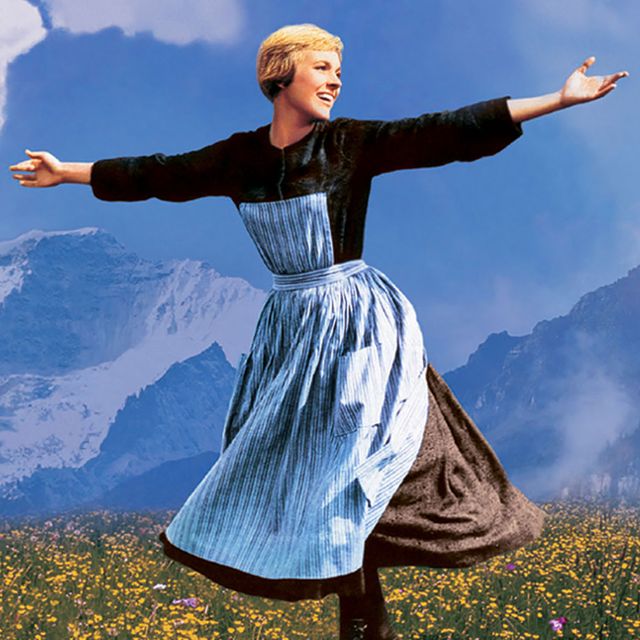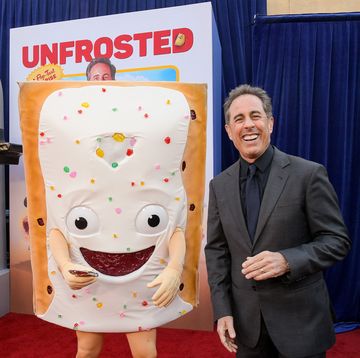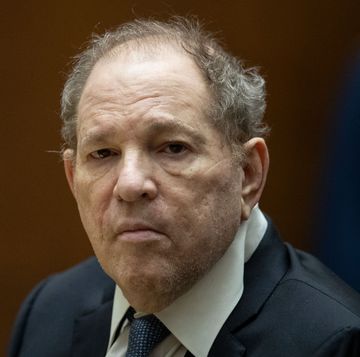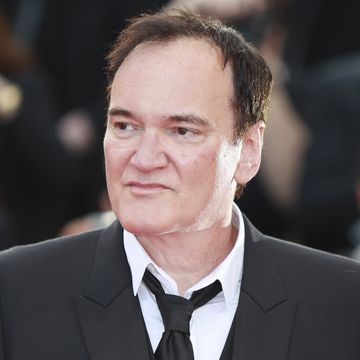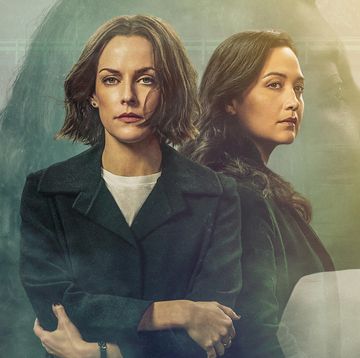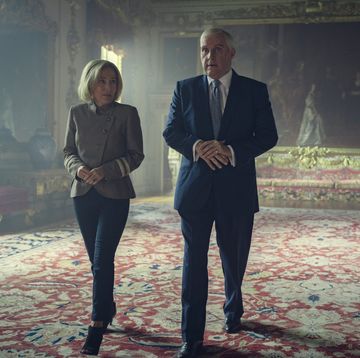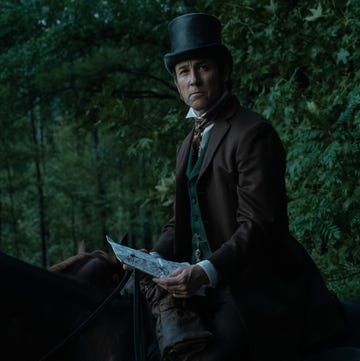When Robert Wise’s film version of Rodgers and Hammerstein’s hit Broadway musical was released March 2, 1965, probably most of the participants were not dreaming of the kind of extraordinary staying power the movie has exhibited; they were just concerned that it make back its $8 million cost and keep the creditors from beleaguered 20th Century-Fox’s door. Star Julie Andrews was probably most worried that portraying another wholesome nanny after Mary Poppins would shackle her image and career. But the movie has persevered through re-releases and broadcast and home video and sing-alongs. Here are 10 facts about the classic movie musical:
Maria von Trapp sold the rights to her life story for a song
After her book The Story of the Trapp Family Singers was published in 1949, there was interest from various quarters in buying the film rights. In 1955, the von Trapp family was strapped for money and Maria sold the rights to German movie producer Wolfgang Reinhardt for a flat $9,000. She and her family would see no royalties from the two subsequent German films based on the von Trapp family’s adventures, or from the Broadway production of The Sound of Music, which ran for more than three years, or from the film version, which has grossed around $300 million.
READ MORE: The von Trapps: The Real Family That Inspired The Sound of Music
20th Century-Fox almost didn’t make 'The Sound of Music'
When the Broadway show opened in 1959 and proved to be such a smash hit, the studio, which had already produced four R&H adaptations, bought film rights for $1.25 million. Then came Cleopatra, the $40 million drain on studio resources that temporarily shut Fox down and made any new expensive undertaking an iffy proposition. It was only when Richard Zanuck took over Fox production reins that the property was revived.
The original director had a different vision for the movie
William Wyler, a Swiss-German Jew who had won three Best Director Oscars, was originally assigned to direct the film. He envisioned a lot more Nazis, swastikas and cheering Austrian crowds to greet the Anschluss that takes up the movie’s final stretch. Eventually, Wyler decided to direct the disturbing psychological thriller The Collector instead, and Robert Wise, who had guided the film version of West Side Story to 10 Oscars, came onboard.
Other actors were considered for the roles of Maria and Captain von Trapp
Doris Day was seriously considered for the role of Maria, along with Leslie Caron, Anne Bancroft and even Grace Kelly. Walter Matthau was actually tested for the role of Captain von Trapp, with other names like Yul Brynner and Bing Crosby also floated for the part. Luckily, footage of Andrews in Mary Poppins was available to the filmmakers and she became the top choice. And Christopher Plummer was selected for the dash of danger he could bring to the Captain.
The actress who played Liesl was a bit older than '16 going on 17'
Charmian Carr was 21 going on 22 when she portrayed the eldest von Trapp sibling. Nonetheless, she beat out competitors like Lesley Ann Warren, Teri Garr, Sharon Tate and Mia Farrow for the role.
Andrews had a hair malfunction shortly before filming started
An attempt to give the star’s natural dark brown locks a few blond highlights resulted in something closer to orange. To get her presentable for “My Favorite Things,” the first number to be filmed at Fox Studios, Andrews’ hair was bleached to Maria’s familiar golden color.
Plummer's singing voice was dubbed
Singer Bill Lee provided the singing voice for Captain von Trapp. Also dubbed in the movie is the singing voice of Mother Abbess, played by Peggy Woods.
Shooting “Do-Re-Mi” was not exactly as easy as ABC
The Salzburg, Austria location filming that served The Sound of Music so well was a nearly constant battle against the elements since it was a very wet and chilly spring in the von Trapps’ hometown. Waiting for the sun extended location shooting from eight to 11 weeks, and the “Do-Re-Mi” number, which occupies about nine minutes of screen time, took almost two months to complete.
Andrews fell while shooting the opening twirl
The helicopter that captured this famous moment during the opening of the movie also caused a downdraft that not even Andrews could withstand. Luckily, the problem only occurred after the helicopter had passed, so no footage of Andrews taking a pratfall made it on camera.
Andrews and Plummer were shot in silhouette during “Something Good” to cover up a fit of giggles
Back in Hollywood, during one of the last scenes filmed, Andrews and Plummer were getting punchy. The arc lights hung over the gazebo set kept producing, in the actress’ words, “a raspberry sound.” Nothing could stem the tide of hilarity sweeping over the love scene, so cinematographer Ted McCord cast his romantic leads in shadow.
